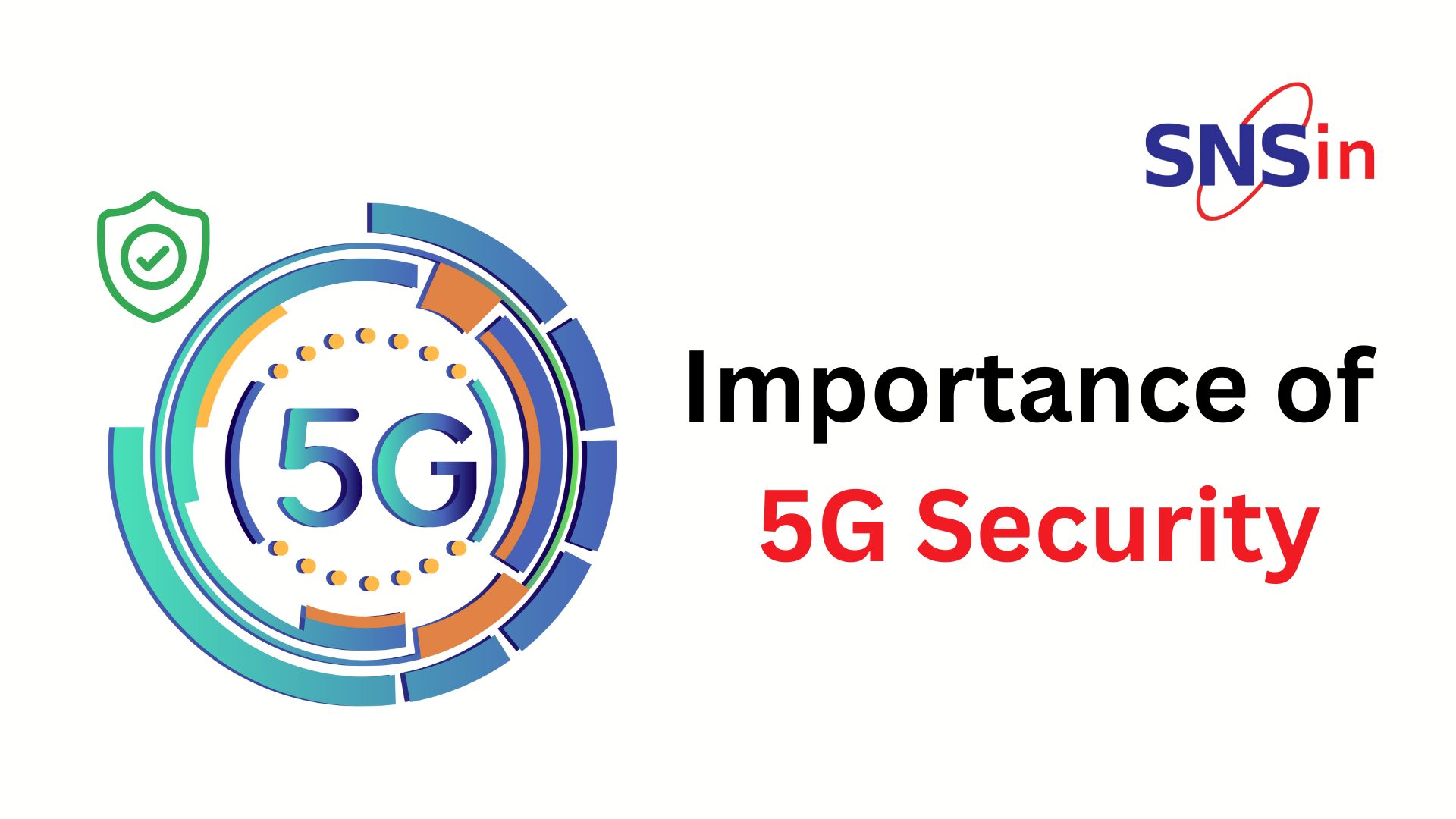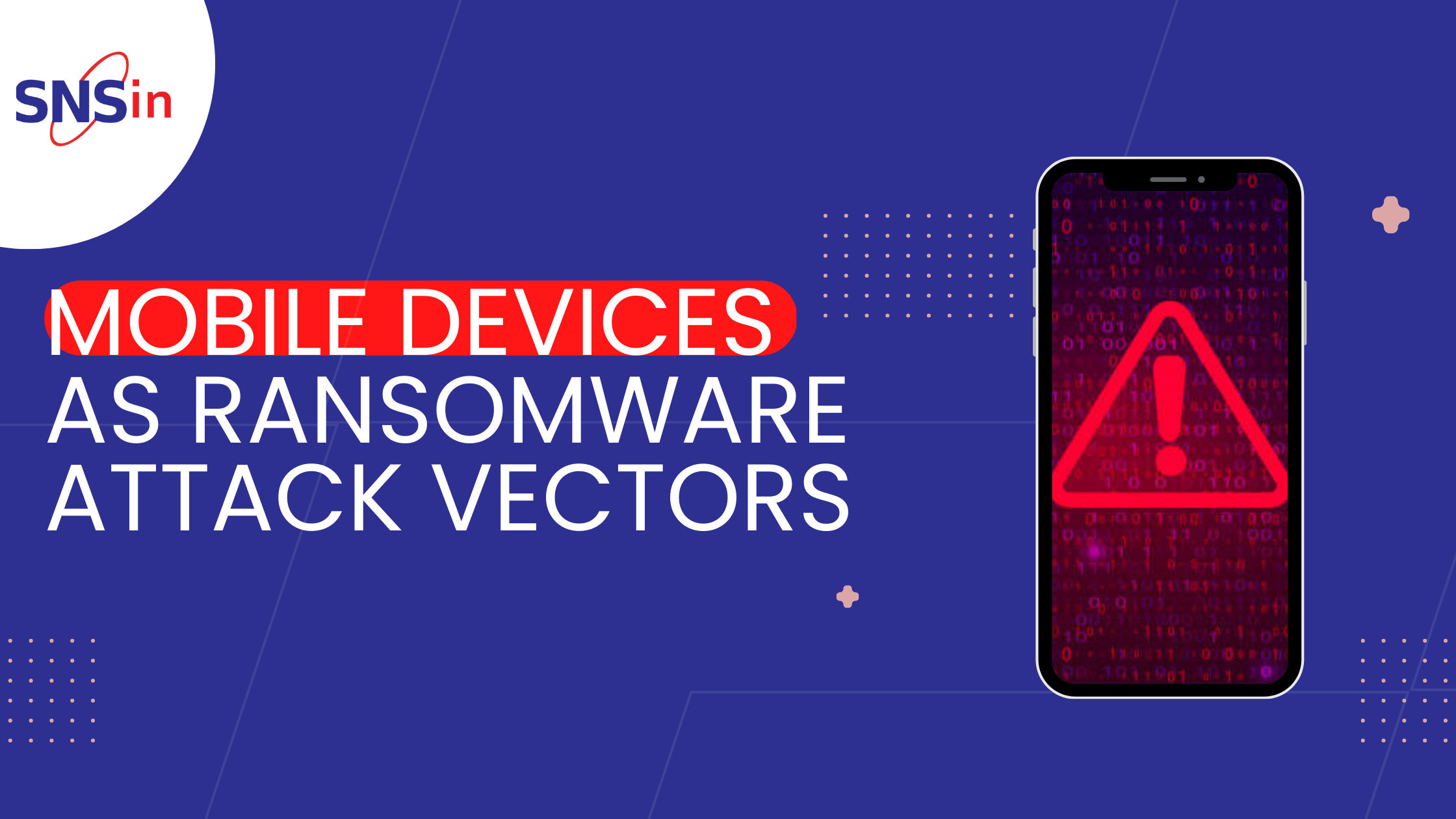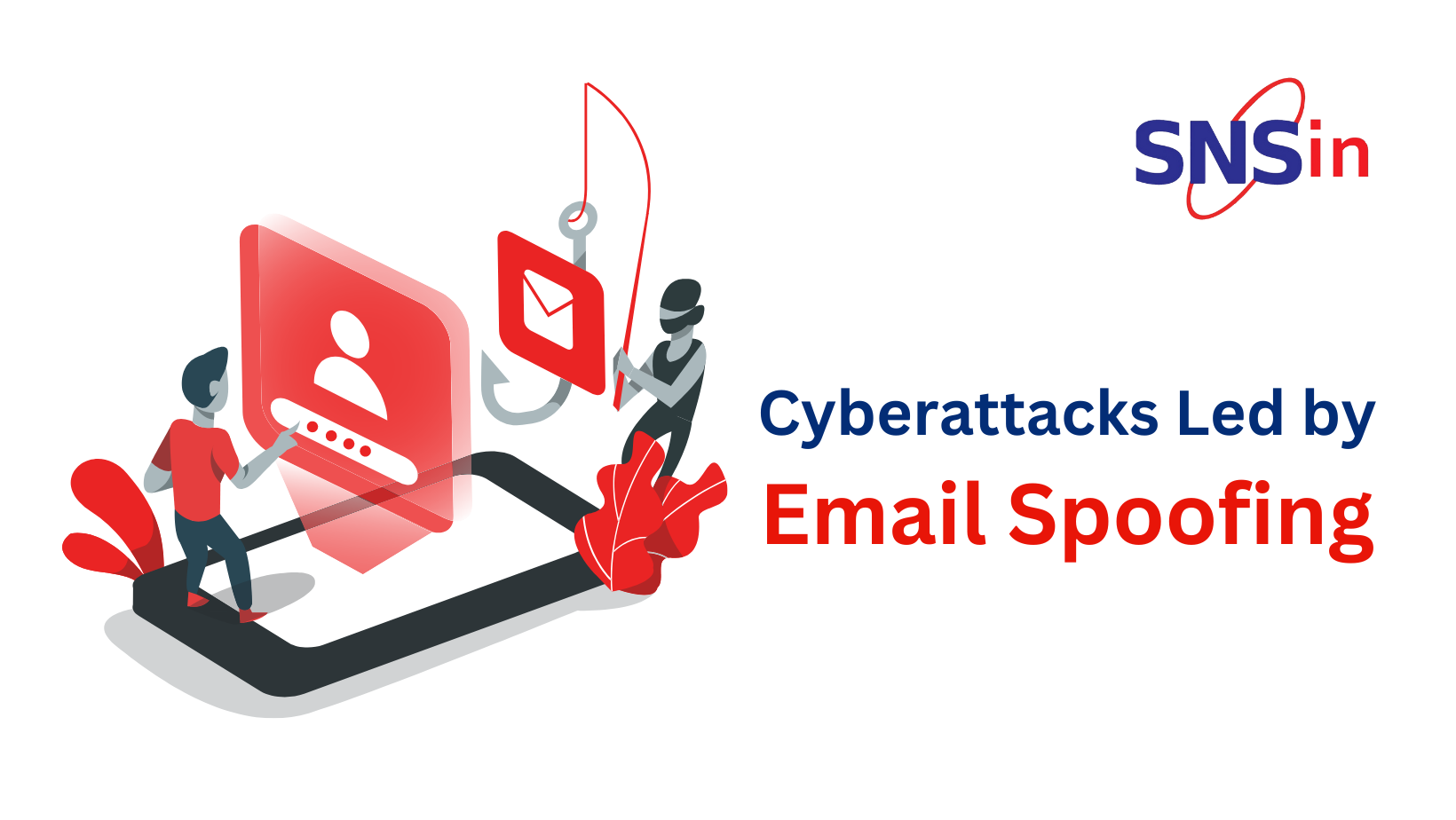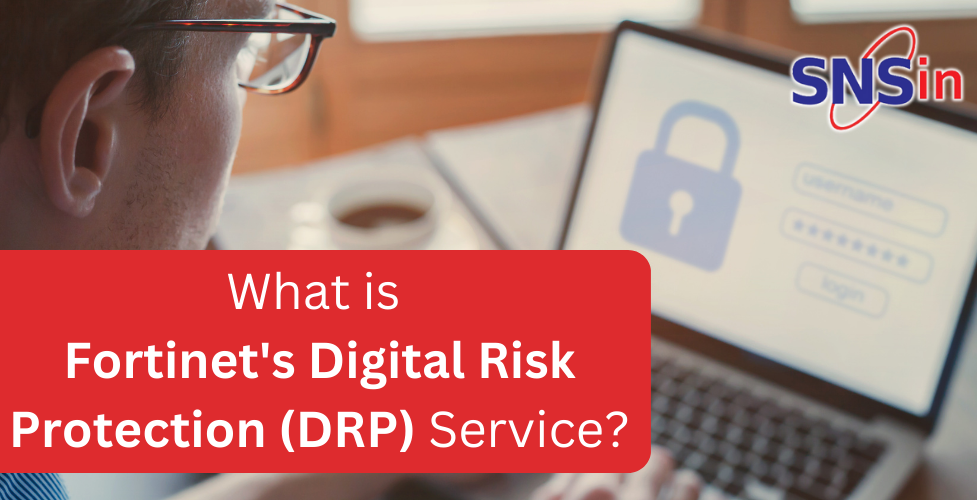How does 5G work? 4G LTE is powerful enough. But it is being quickly outgrown as we push to its limits. Current LTE networks in big cities are overworked, resulting in peak-hour slowdowns. With the rise of the ‘smart’ gadgets powered by the internet, a faster and higher-capacity network is required to support the millions of devices in existence. Mobile data will become cheaper and quicker to connect more devices. This is where 5G is stepping into.
The 5G Industry Size
Globally, the 5G network infrastructure is expected to reach USD 131.4 Bn by 2030, as per a forecast. This growth is attributed to the new norms made prevalent due to the Covid-19 pandemic. Remote work, optimized broadband services and connectivity, bandwidth-consuming applications, social media, and overseas calling are facilitating the faster adoption of 5G networks. The communication security segment, a vital part of the global trading markets, is forecasted to grow the fastest at a CAGR of 49.2%. This is due to the technology made available by AI & Blockchain providing many solutions with innovative capabilities.Difference between 4G and 5G
A few of the notable differences between 4G and 5G are:- 5G is faster than 4G networks, with more bits per second. Longer videos can be downloaded within minutes with higher upload and download speeds.
- 5G uses less power as it can change to low-energy use when cellular radios are not in use. This causes the extension of the device battery life to let devices stay unplugged for longer.
- Because of improved bandwidth utilization and more connection points, 5G provides more secure and reliable service than 4G. With lesser stress on the network, data costs will fall lower.
- 5G is more responsive with lower latency.
- 5G networks can carry more devices as it expands the available radio waves. Congestion problems can be resolved since service is faster.
Security concerns with 5G
5G Cybersecurity needs some major improvements to avoid the rising risk of cyberattacks. A few concerns result from the network itself, while others involve the devices connected to 5G. Both aspects put consumers, governments, stakeholders, and businesses at risk. A few of the concerns are: Security monitoring is a challenge owing to higher bandwidth – While existing networks are limited in speed and capacity, it has helped service providers maintain stringent control over monitoring activities. Expanded network capability because of 5G might impact Cybersecurity. Extra speed and volume would make it difficult for security teams to create new methods to avert risks. Decentralized security – Prior networks had lower hardware traffic points of contact which made it easier to run security checks and maintain them. The dynamic system of 5G networks has far more traffic routing points. All these must be monitored to be fully protected from threats. Because this may be difficult, any unsecured points may endanger other sections of the network. Devices lacking security face additional threats – Not all manufacturers are focused on prioritizing cybersecurity. 5G implies more utility and potential for IoT. More devices will be encouraged to connect, and more will be entering with varied security breach points. Smart devices can be a weak network link. A lack of security standards for multiple IoT devices implies network threats and rampant cyberattacks.The Future of 5G and Cybersecurity
To be future-ready for the concerns that 5G will bring, tech developers must gear up on many counts. Manufacturers will need a push to intensify security efforts – 5G security can only be as strong as the weakest links on it. The cost of developing and implementing security technology deter manufacturers from focusing on cybersecurity. This is true in cheaper products like smartwatches and baby monitors. If there are benefits for manufacturers to offset their losses, then there may be more focus on boosting their consumer protections. Security foundations in networks – Service providers should begin focusing on software protections to cover the risks of 5G. Cybersecurity firms will need collaboration to develop encryption models, stringent monitoring, and more. Consumer protection on IoT cybersecurity is needed – The wide variation in security quality will need product labelling standards to be met and implemented. Tech manufacturers might have to start to be held accountable with a label system. Users will also be needed to learn the importance of securing all linked internet devices with software updates.Summary
To combat the threats associated with 5G, tech leaders will need to implement strong hygiene practices against cyber threats. Thus, not allowing any sort of compromise on network systems. We should understand that the high speed available to customers is also available to hackers to launch more targeted attacks. Staying updated with security mechanisms would be even more crucial in times to come. For any Data Security concerns and solutions , please write to [email protected] ![]()




